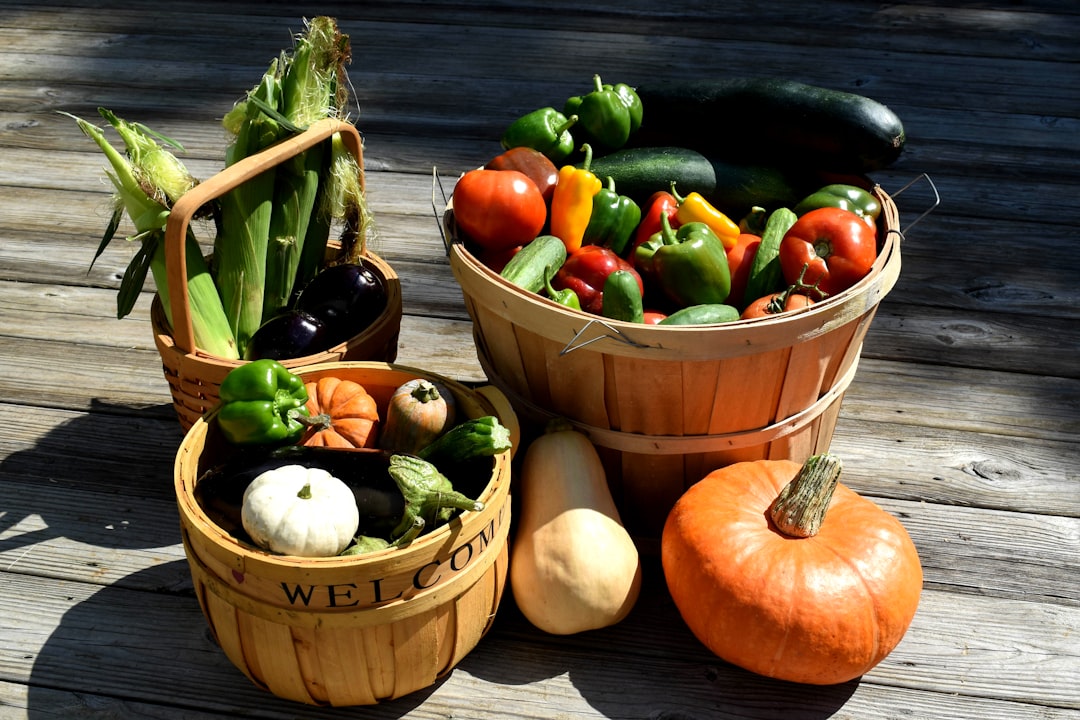Transforming Mango Pits into Indoor Green Beauties

Have you ever enjoyed a delicious mango and then thought about tossing the pit away? Well, hold on to that pit because you can turn it into a thriving houseplant. Growing a mango from seed is not only a fun and rewarding experience but also a great way to bring a touch of the tropics into your home.
First, let's start with the basics. When you're ready to begin the process of growing a mango from seed, you need to select a ripe and healthy mango. The quality of the mango will have an impact on the success of growing the plant. Once you've savored the sweet flesh of the mango, carefully remove the pit. You can do this by cutting around the pit and then gently prying it out.
After obtaining the pit, it's time to prepare it for germination. The outer husk of the mango pit is quite hard. You can use a sharp knife to carefully cut through the husk, being very cautious not to damage the seed inside. Once you've opened the husk, you'll find the seed. It might look a bit like a large bean. Take the seed out and soak it in water for 24 hours. This soaking process helps to soften the seed and kick - start the germination process.
Next, you'll need to choose a suitable container for planting. A small pot with good drainage holes is ideal. Fill the pot with a well - draining potting mix. You can use a mix that contains peat moss, perlite, and vermiculite. Make a small hole in the potting mix, about an inch deep, and place the soaked seed in the hole with the pointed end facing down. Cover the seed with the potting mix and gently pat it down.
Now, it's time to provide the right environment for the seed to grow. Mango plants love warmth and humidity. Place the pot in a warm area of your home, preferably where the temperature stays between 70 - 85 degrees Fahrenheit. You can also cover the pot with a plastic bag to create a mini - greenhouse effect, which helps to retain moisture. Make sure to keep the soil moist but not waterlogged. Check the soil regularly and water it when the top inch feels dry.
Within a few weeks, you should start to see signs of growth. A small sprout will emerge from the soil. As the plant grows, you'll need to provide it with proper care. Once the plant has a few sets of leaves, you can start to fertilize it. Use a balanced liquid fertilizer diluted to half strength. Apply the fertilizer every two to three weeks during the growing season.
As the mango plant continues to grow, you may need to transplant it into a larger pot. This gives the roots more room to spread and grow. When transplanting, be gentle with the roots to avoid damaging them. Place the plant in the new pot with fresh potting mix and water it well.
While growing a mango plant from seed is a long - term project, it can be a wonderful addition to your indoor garden. You'll not only have a beautiful green plant but also the satisfaction of growing something from scratch. And who knows, with enough care and patience, you might even be able to enjoy home - grown mangoes one day. So, the next time you have a mango, don't toss that pit. Instead, embark on the exciting journey of growing your own mango plant.
It's important to note that growing a mango plant from seed may not result in a plant that produces the same quality of mangoes as the parent plant. This is because mangoes are often propagated through grafting to ensure consistent fruit quality. However, growing a mango plant from seed is still a great way to learn about the plant's life cycle and enjoy the process of gardening.
You can also experiment with different varieties of mangoes. Each variety may have slightly different growth requirements and characteristics. Some mangoes are more suitable for indoor growing than others. Do some research to find out which varieties are best for your home environment.
In conclusion, growing a mango from seed is a unique and fulfilling experience. It allows you to connect with nature and bring a piece of the tropics into your living space. With a little patience and care, you can transform a simple mango pit into a thriving houseplant that will bring joy and beauty to your home for years to come.